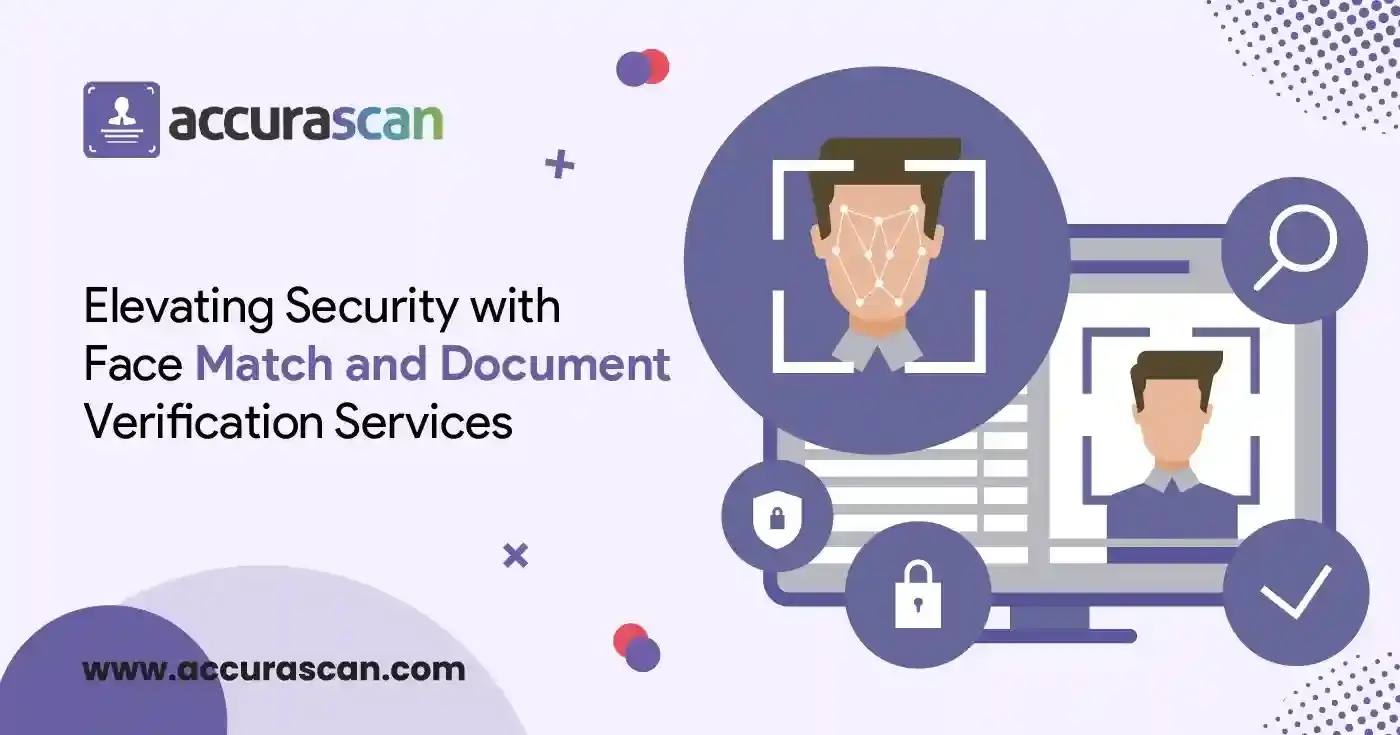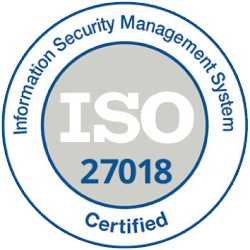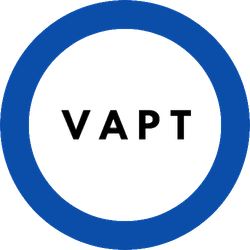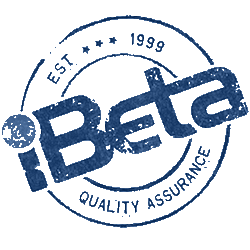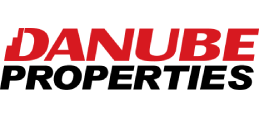In the modern digital landscape, where online transactions and interactions have become routine, it is even more urgent to have strong security measures in place. Unlike digital operations, cyber threats are perpetually evolving, and it is our responsibility to find the best ways to ensure their safety and integrity. The novel face-match and document-verification mechanisms are state-of-the-art solutions for the fight against fraud and identity theft in this situation. These technologies are the key to reliable security, and the adoption of these technologies is a sign of success across numerous industries. This blog will peek into how face verification significantly helps in enhancing security and instilling trust in the digital communication and transacting system. Let us together take a journey that will highlight the intricacies of these technologies, and reveal their importance as one of the basic security factors.
The Basics of Face Match Technology
Face match technology utilizes face recognition and comparing face features against a database of already known faces or an image provided for verification. This process consists of facial recognition in the image, analyzing facial structures, and then comparing these structures with the ones in other images using algorithms. Critical features, like the distance between the eyes, the shape of the nose, and the jawline contours, are identified to check whether the match is there.
The major issue which arises from such technology is the issue of the accuracy of face-match systems. Such errors can lead to false matches or rejections with major implications for security and user experience. AI is one of the most important technologies that increase the level of precision that the systems have. Through extensive facial image datasets, AI algorithms can better classify individuals, take account of lighting and facial expression variations, and improve themselves over time, which makes face match technology a reliable and competent tool in the security arsenal.
Understanding Document Verification Services
The document verification services function greatly to confirm the authenticity of different documents like IDs, passports, drivers licence etc. which are essential for many transactions, utility purposes, and when doing identity checks. The process involves reviewing the documents to ensure they are not counterfeit and have not been altered. High-tech equipment like optical character recognition (OCR), watermark detection, and hologram analysis are used to analyze document characteristics and confirm their authenticity.
These technologies are highly skilled in spotting forgeries by studying security features that are hard to recreate, including microtext, holograms, and biometric data, which are embedded in the most modern identification documents. Document verification services are able to do this by comparing the scanned document with a database of authentic documents and machine learning algorithms that will spot genuine and false documents. This level of verification is regarded as pivotal in foiling identity theft and fraud, thereby guaranteeing security in digital and physical transactions.
Benefits of Integrating Face Match and Document Verification
Integration of face verification tools is very advantageous in terms of safety and efficiency. The security aspect of these technologies involves a synergy of these technologies to prevent fraud and identity theft. Face match is meant to ensure that the person who has the ID is the one who is listed in the document, while document verification checks the document for authenticity. This dual-level approach will significantly curtail the chance of fraud, making it hard for fraudsters to evade both biometric and document authenticity checks.
On the efficiency side of things, it is through this technology that businesses are able to streamline their onboarding process, especially in such sectors as banking, finance, insurance, employment, and online services. The automation of verification processes results in fewer manual checks to be made, thus quickening the process of customer onboarding and reducing operational costs. This leads to better customer experience by reducing waiting time and gives the organizations the ability to use their resources more efficiently focusing on core activities rather than manual verification tasks.
Applications Across Industries
Face Match Verification and document verification technologies have revolutionized how banking and finance institutions operate in the financial services sector. They enhance security during account openings, loan applications, and other financial transactions. By verifying individuals’ identities through their documents and biometric data, these technologies mitigate the risk of financial fraud and identity theft, ensuring that financial transactions are secure and trustworthy.
The travel and hospitality industry also benefits significantly from these technologies. Airlines and hotels leverage face match and document verification for efficient and secure check-ins, improving the customer experience while adhering to security protocols. This streamlines the check-in process and enhances safety by ensuring that only verified individuals can access services.
In e-commerce and online marketplaces, these technologies play a very significant role in validating buyers and sellers. Through identity verification face match and document verification help keep the marketplace clean from intentional fraud activities and scams. Such an extra layer of security will boost the confidence of users to do their online transactions, knowing that mechanisms are in place to secure their identity and financial information.
CONCLUSION
Face match verification technologies are fundamental in reinforcing security, fostering reliability, and simplifying transactions in different areas. The range of their applications further reflects the broad applicability and effectiveness of the technology. Businesses are encouraged to implement these advanced technologies incorporating them into security systems so as to avoid frauds and identity theft, making a safe, efficient operational environment.

